|
In the late nineteenth century, various charitable organisations opened institutions for orphaned children in Hull and the city’s surrounding areas. They ranged from small properties which housed only 10 children to large homes which accommodated over 100. Most of these establishments were long term fixtures in the region and did not close until the second half of the twentieth century. However, although many of the children’s homes finally closed their doors in living memory for many locals, we have limited information about the children of African descent who were part of their history. One of the first children’s homes in this area was also one of the most memorable. In 1862, ‘The Port of Hull Society for the Religious Instruction of Seaman’ rented a house in Castle Row to accommodate children who could not be looked after by their families for various reasons. Five years later, a donation of £5,000 from Sir Titus Salt, enabled the Society to buy a larger property, Thane House, which was situated on Park Street and could accommodate 150 children.[1] It was later extended, in the 1870s to house a further 70 children bringing its total capacity to 220 boys and girls. Towards the turn of the twentieth century, the Society purchased an extensive piece of land on Cottingham Road to build a small community for orphaned children. As many locals may remember, in total 10 cottage homes were built and a swimming baths, school and hospital were all located on site. In each cottage, there were around 25 children who were cared for by a house mother (or Governess). Although it has been difficult to find individual names of people who were placed in this establishment, there were many seafarers of African descent in Hull and East Yorkshire, some of whose children will have ended up in this home. The video clip entitled ‘A Family Affair’ from the Yorkshire Film Archive shows a child of African descent in the garden (4 minutes and 45 seconds) and later in the nursery (11 minutes and 31 seconds) of Newland Cottage Homes in the 1960s.
Much like the Newland Homes, the Hessle Cottage Homes located on Hull Road, Hessle were also built in the 1890s. Very little is known about this institution other than it housed around 100 children and was still running in 1962. Based on personal testimonies we know that there were at least three Black children, one girl and two boys from the same family in Hessle Cottage Homes during the 1940s. Four years after ‘The Port of Hull Society for the Religious Instruction of Seaman’ had established a children’s home in Castle Row, ‘The Mariners’ Church Orphan Society (later renamed the ‘Hull Seaman’s and General Orphan Society) opened an Asylum and School on Spring Bank for orphans born within, or connected to Hull (including places like Bridlington, Grimsby and Goole). By 1911, the home could accommodate 200 children. However, in the 1920s, the Society bought and relocated the orphans to the larger premises of Hesslewood Hall (see pics above and below) which did not close until the 1980s. The Ali family were placed here during the 1950s and remember two other children of African descent living at Hesslewood House at the same time as them (click here to read the Ali family’s story). Unfortunately, although we have found a few examples of boys and girls of African descent in Newland Homes, Hessle Cottage Homes and Hesslewood House, there are several other institutions that may possibly have housed children with Black heritage. These include:
Although, some of the census information is available for a selection of the children’s homes identified above, it has been difficult to prove that any of the boys and girls who were admitted had African heritage. In addition to the difficulty of identifying children of African descent in the census, the imposed 100-year closure rule on documents relating to individuals who were placed in the care system to protect their anonymity, only allows us to investigate the patchy surviving records of institutions before 1918. Therefore, for more recent information we must rely on oral history and personal testimonies. If you have any information about boys or girls of African descent who lived in a children’s home in Hull or East Yorkshire please click here to contact us. We really need your help to reconstruct a narrative of the lives of children who lived in these institutions. Footnotes
[1] Sailors’ Orphan Homes, Kingston Upon Hull, East Riding of Yorkshire, http://www.childrenshomes.org.uk/HullSailors/ accessed 10/01/2018
0 Comments
This portrait photograph below was taken at the studios of Sunley and Toogood, 10 Caroline Place, Hull. It highlights the small, yet often forgotten, Black population that had resided in Hull since the Tudor era. The clothing suggests that this was a poorer resident, but it is interesting that he was photographed so far from the dock area, where so many Black seafarers lived while ashore. At sea, most of Hull’s early Black population worked as seafarers rated as cooks or donkeymen (stokers) but being on shore provided them with an opportunity to purchase photographs to send to loved ones living locally or further afield. It is possible to date the photograph because the company only operated at the address for a short period of time. The image is from the collection of Dr Nicholas Evans at the University of Hull. Dr Evans added: “The photograph is the earliest of a member of Hull’s black community and we would love to know who this image is of.” Please press the contact us button below if you have more information about this image.
As the Contemporary Voices part of our project is coming to an end and we are preparing for our first exhibition at the Hull History Centre in September, we have decided to launch a new feature which looks to chart the African presence in Hull and East Yorkshire through images and videos. While some include famous people, such as Desmond Tutu others are of men and women who we have found no further information about. Although for confidentiality reasons we need to be very careful when selecting images for our collection, we would encourage you to look through your family photographs or local newspapers to find pictures showing Black entertainers, sportsmen, politicians or servicemen in the region between 1750 and 2007. Alternatively, if you are of African descent and wish to send us a picture of yourself with a small biography, please do so. 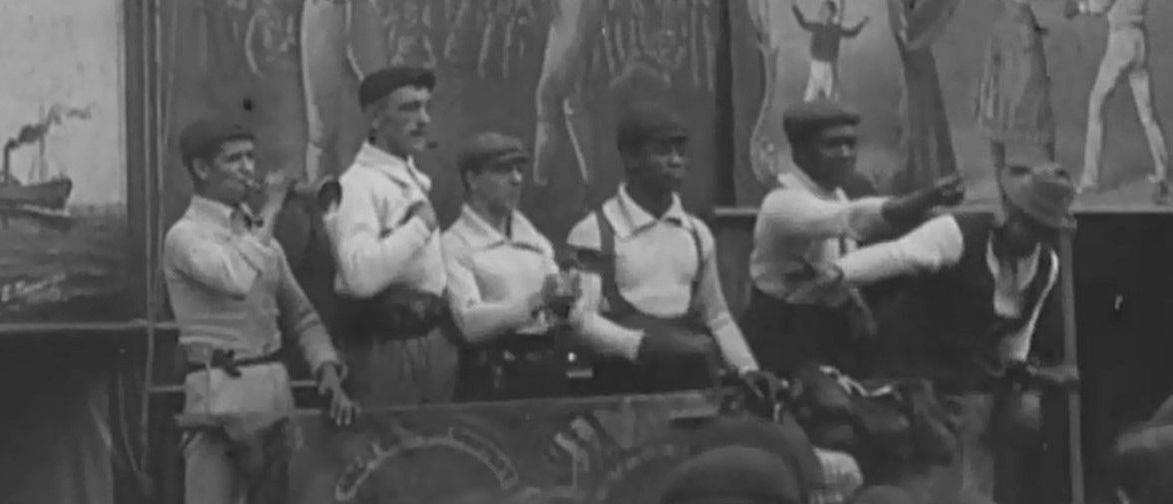 Black boxers at Hull Fair, 1902 Black boxers at Hull Fair, 1902 As well as photographs and newspaper clippings we are also very interested in copies of any drawings or paintings you may have discovered in Hull and East Yorkshire highlighting the African presence in the region. Once these sources have been showcased in our blog, they will be added to our existing photo and video gallery. Already, located on these pages are a host of images which have featured alongside the many stories that we have published plus my personal favourite a video of a small group of Black boxers at Hull fair in 1902 (to watch this clip, click the image above and go to 2.43-3.30 on the video). Don’t forget to check back tomorrow when we will be releasing the first picture in our fabulous collection. Please click here if you would like to send us your photographs or videos. While every historian loves the experience of being in an archive and handling documents from the past, the digital age has enabled researchers to quickly find an array of information that they may not have been able to otherwise access. Evidence documenting people of African descent who visited, lived and worked in Hull and East Yorkshire can be found all over the world. For example, pictured below is the death certificate of Oswald Z Paris, a 46-year-old Black man who died on 14 February 1928 in Greensboro, Gilford, North Carolina, USA.[1] While shedding light on his death, this document also demonstrates that he was born in Hull around 1882 and his father was J. K. Paris. Unfortunately, further information on his parents has not yet been found. However, at least one of them must have been of African descent. Further evidence located in America demonstrates that he arrived in New York on 4 April 1902. In 1920, he lived at number 1701 Maudle Avenue, Newport, Virginia with his wife Emma B. Paris and was working as a musician.[2] He later went on to be a music teacher in a school.[3] Further records from across the Atlantic demonstrate that Hull born Raymond B. Edwards had emigrated to America in the first half of the twentieth century. The information on his U.S. World War II Draft Registration Card shows that he was born in Hull on 2 January 1892 and by 1942 lived at 2746 Mickle Avenue, the Bronx with his wife.[4] It also documents that he worked for the British Government at their Ministry of War Transport Office in New York. As pictured below, he was described as a 50-year-old man with black hair and a dark brown complexion.[5] We have also identified two Black women that were born in Hull but moved to America for a short time. These were Dorothea Anita Forde and Gwendoline Cecilia Philpot. As people move from one region to another and sometimes emigrated across the seas to create a new life, they are lost in a larger migration story. Thus, this is a national and international call for information to all family historians. If you have an ancestor who visited, lived or worked in Hull or East Yorkshire and was of African descent please get in touch because we would love to document their presence in the region! Also, if you have further information on the people mentioned in this post we would love to hear from you. Footnotes
[1] Ancestry.com. North Carolina, Death Certificates, 1909-1976 [database on-line]. Provo, UT, USA: Ancestry.com Operations Inc, 2007. [2] Ancestry.com. 1920 United States Federal Census [database on-line]. Provo, UT, USA: Ancestry.com Operations, Inc., 2010. Images reproduced by FamilySearch. [3] Ancestry.com. North Carolina, Death Certificates, 1909-1976 [database on-line]. Provo, UT, USA: Ancestry.com Operations Inc, 2007. [4] The National Archives at St. Louis, Missouri, Draft Registration Cards for Fourth Registration for New York State, 04/27/1942 - 04/27/1942; NAI Number: 2555973, Records of the Selective Service System: 147 [5] Ibid.
|
Follow usArchives
April 2023
Categories
All
|
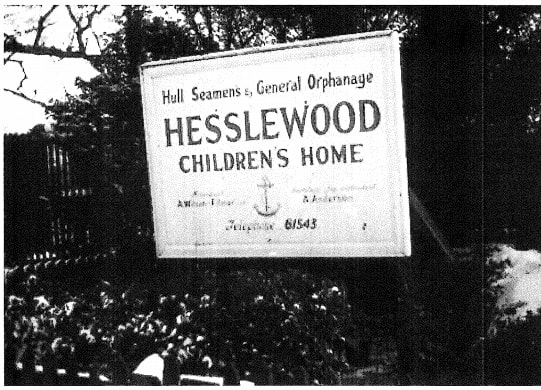

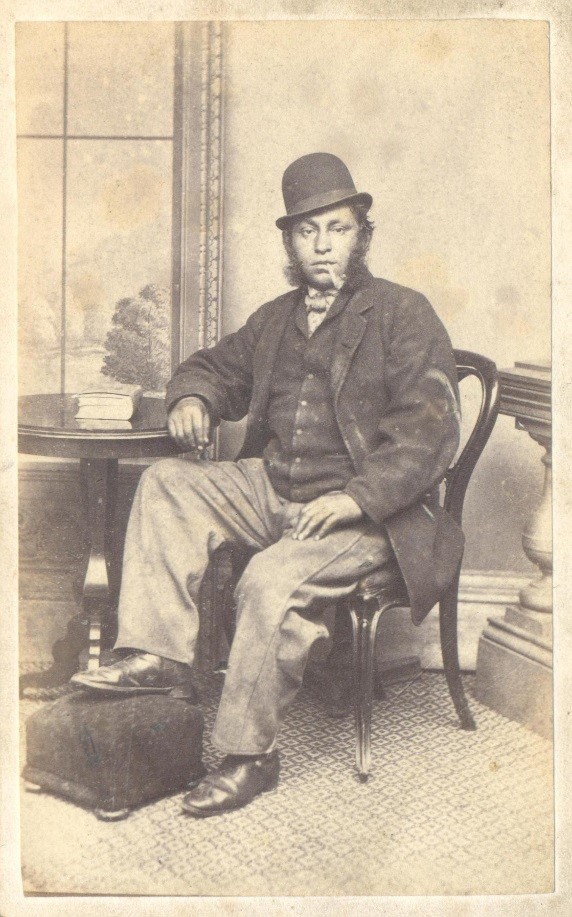
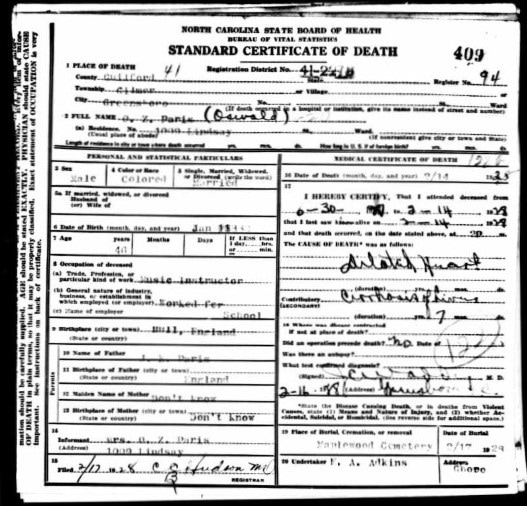
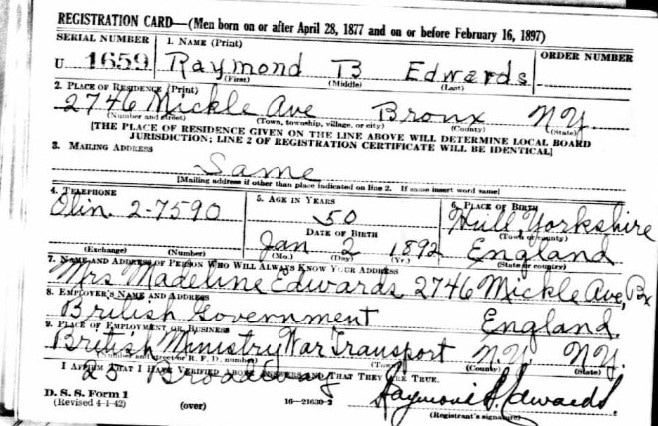
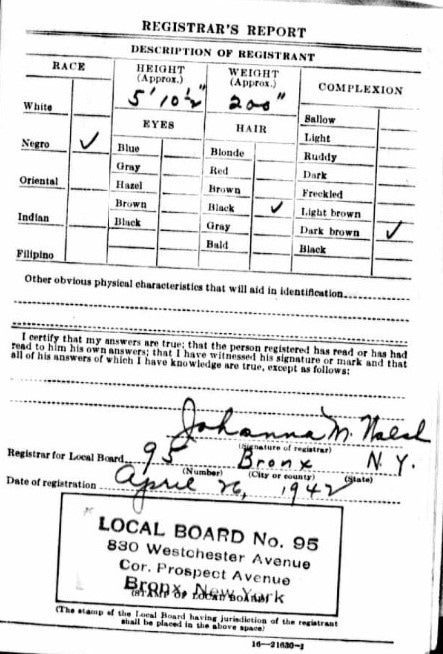
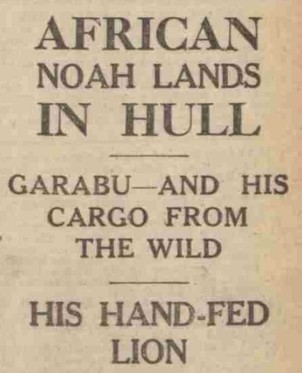
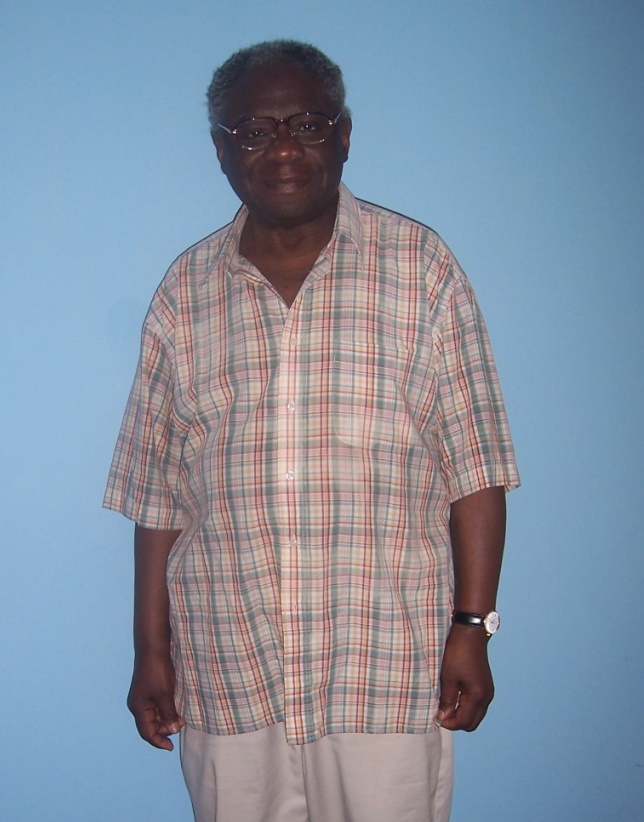
 RSS Feed
RSS Feed